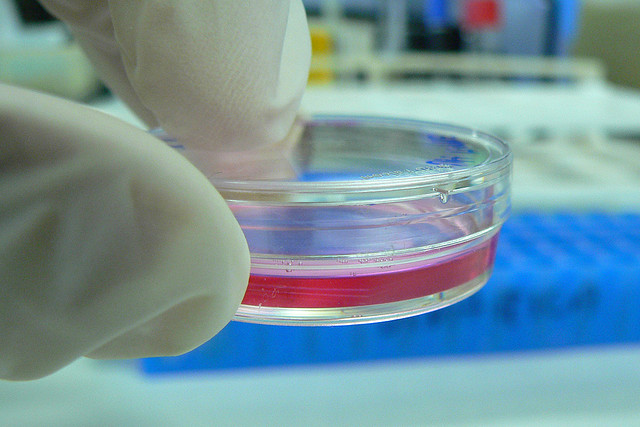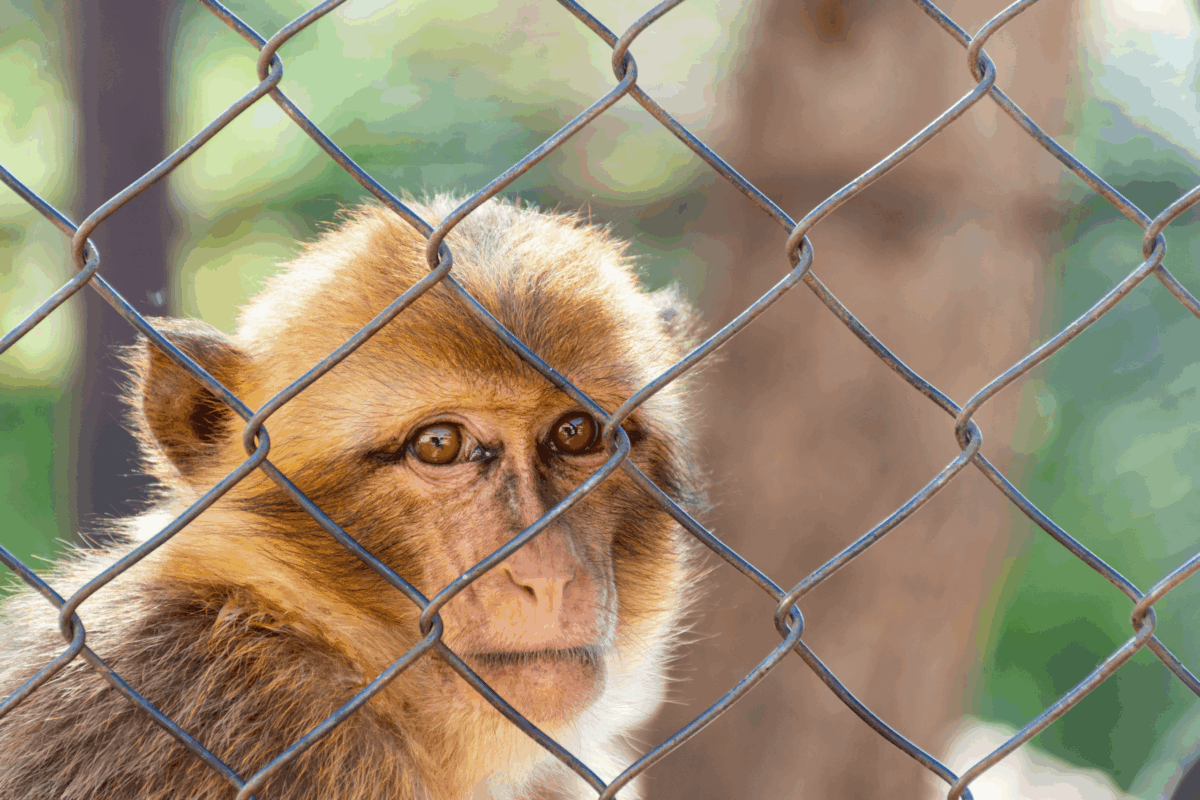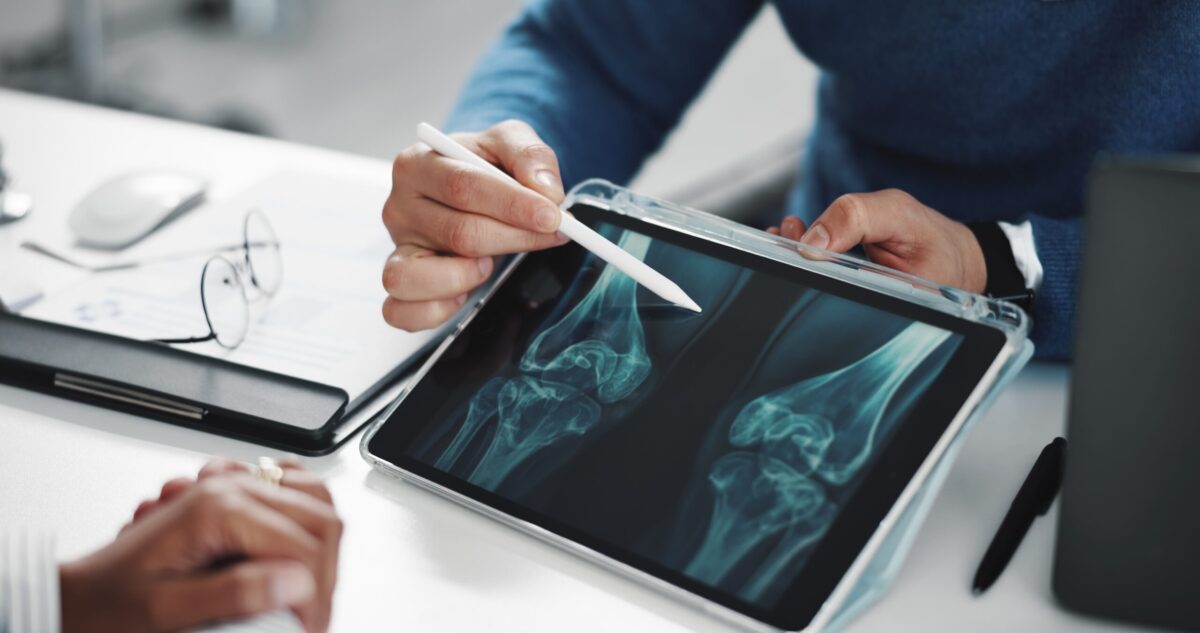In a world first, researchers at the University of Cambridge have grown an artificial mouse embryo using a stem cell mix in cell culture. The new technique could provide researchers with a better understanding of mammalian embryonic development.
A fertilized egg divides multiple times in order to form a ball of cells known as a blastocyst. There are three cell types that make up the early embryo: embryonic stem cells (ESCs), trophoblast stem cells (TSCs) and primitive endoderm stem cells.
While the ESCs are the main cell type which will form the parts of the growing fetus, TSCs are essential for placental development. Previous attempts have been made to grow animal embryos in vitro, however they have been relatively unsuccessful due to their use of only cultured ESCs.
In the current study, the Cambridge researchers used a mix of ESCs, TSCs and extracellular matrix proteins to grow a self-assembling, embryo-like structure. The details of the study – published in the journal, Science – could give a better understanding of why over two-thirds of pregnancies result in miscarriage.
“Both the embryonic and extra-embryonic cells start to talk to each other and become organized into a structure that looks like and behaves like an embryo,” said lead researcher, Dr. Magdalena Zernicka-Goetz from the Department of Physiology, Development and Neuroscience. “It has anatomically correct regions that develop in the right place and at the right time.”
In studying the cultured embryo, the researchers found that the ESCs and TSCs were able to communicate with one another. This communication allows the cells to organize themselves in different areas of the embryo.
“We knew that interactions between the different types of stem cell are important for development, but the striking thing that our new work illustrates is that this is a real partnership — these cells truly guide each other,” said Zernicka-Goetz. “Without this partnership, the correct development of shape and form and the timely activity of key biological mechanisms doesn’t take place properly.”
In comparing the development of the artificial embryo with normal mouse embryo, the researchers found that the patterns were consistent; the ESCs localize to one end of the embryo, while the TSC organize themselves at the other end.
The researchers say they don’t plan to take the mouse embryo to the fetal stage of development, because endoderm stem cells would likely be needed to form the yolk sac to provide nourishment. Their growth medium has also not been optimized to allow for full development of the placenta.
The team’s technique allows the embryos to grow up to 13 days post-fertilization, allowing researchers to study the key points of embryonic development during this stage. As human embryonic research currently relies on eggs donated through IVF clinics, the technique could offer a more readily-available way to study human development.
“We think that it will be possible to mimic a lot of the developmental events occurring before 14 days using human embryonic and extra-embryonic stem cells using a similar approach to our technique using mouse stem cells,” said Zernicka-Goetz. “We are very optimistic that this will allow us to study key events of this critical stage of human development without actually having to work on embryos. Knowing how development normally occurs will allow us to understand why it so often goes wrong.”












Join or login to leave a comment
JOIN LOGIN